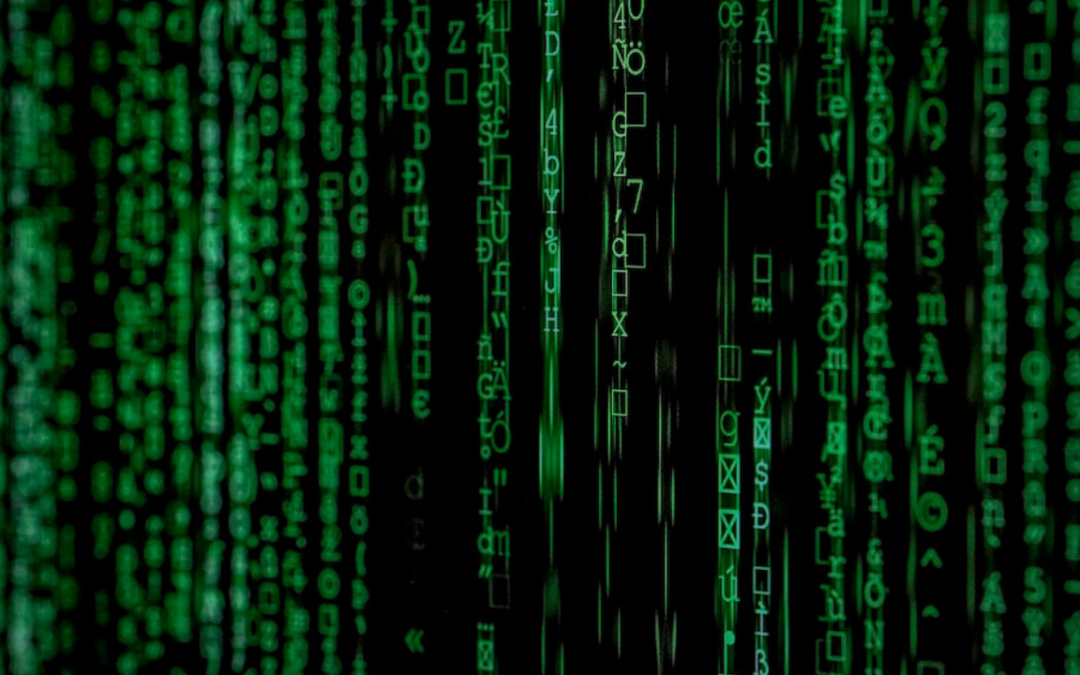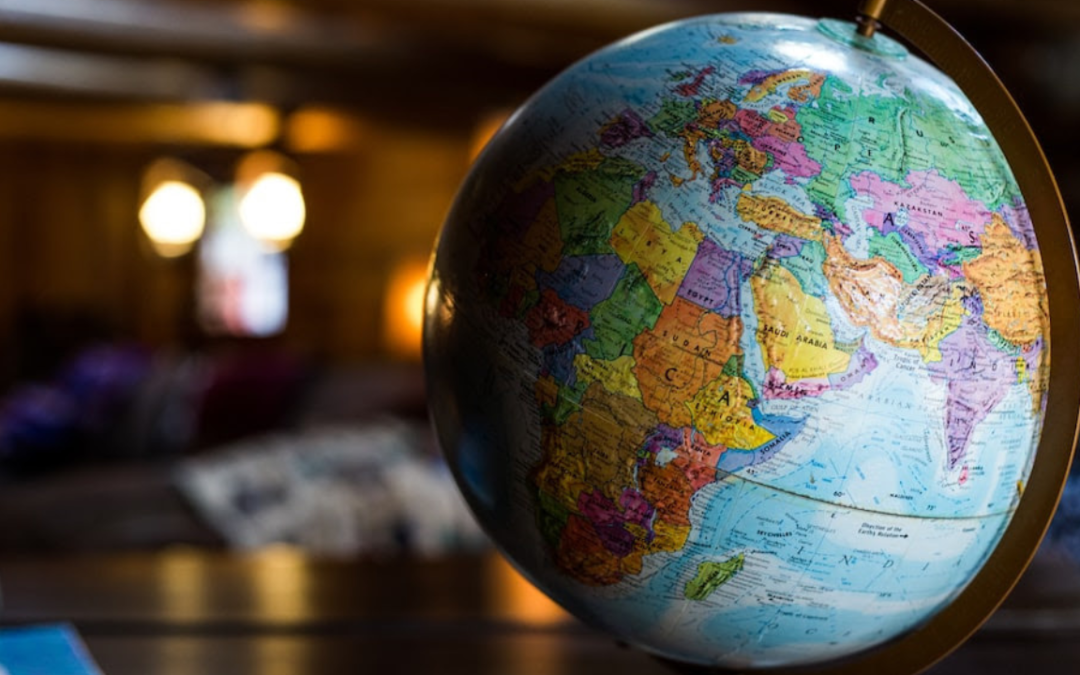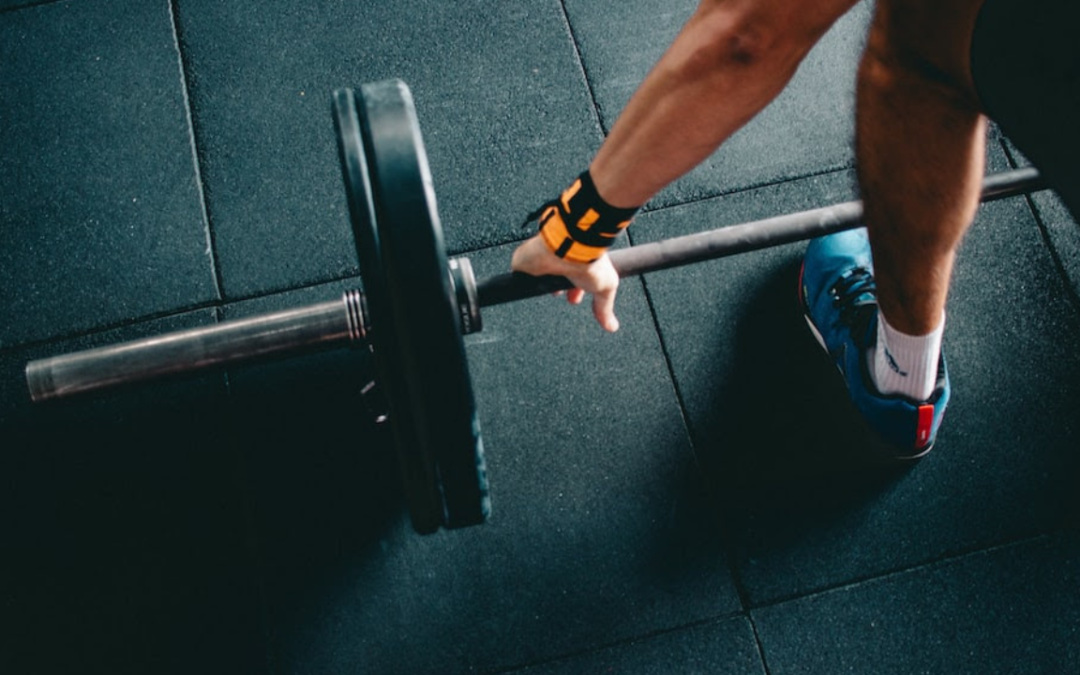What does the Artificial Intelligence (AI) revolution mean for the art world? At Frieze New York, the question came up at a Deutsche Bank client event, featuring a set of art market experts. A few of the panelists accentuated the positives, such as the ability to study a collector’s public history (i.e., auctions, magazine profiles, etc.) and to sort through massive amounts of data. For example, the AI generator may find pieces of furniture that fit the aesthetic of a collector of contemporary art a modern algorithmic YMAL (you might also like). AI can also help wealth planners to identify risks that may affect a client’s portfolio strategy that might otherwise go unnoticed.
For now, however, AI presents considerable risks to the world of art. Art lenders make collateral-based loans, which means they must be assured of the value of the works their clients hold. If an AI-fueled robot can generate convincing fakes in the style of any artist, banks will be exposed to novel fraudulent collateral risks. Furthermore, the due diligence research can result in misinformation, as seen recently from unsuspecting lawyers referencing entirely fabricated case studies. And while there are potential benefits for the fine art insurance industry (specifically, processing huge volumes of data), one speaker cautioned that the human element would still be essential since AI is limited by the quality of its training data set (and art data is notoriously scant and incomplete).
It will therefore be some time before it’s clear if AI is a truly revolutionary and positive development for the world of art. On the optimistic side, some analysts are already comparing its impact to that of the Industrial Revolution—surely a bold, if not sensational, claim. Hyperbole may reflect AI’s ability to respond to queries in eerily human language (the term is “chatbot”) and to create “art” using any subject matter and any style. Some experts are so stunned by the computer’s savvy that they believe the machines may be on the cusp of being sentient, i.e., having the ability to think and feel.
Faced with all these profound issues, we decided to seek expert advice. So, we asked an AI chatbot.
Engaging with one of the newer AI engines is as simple as a Google search. Type in for example “ChatGPT” and Google will take you to OpenAI, the company in which Microsoft has invested thirteen billion dollars—yes, billions!
When we asked what the impact of AI is on the fine arts community, the chatbot spat out a string of impacts in seconds. It was almost all good news. Artists can be more creative, museums can organize their collections better, and visitors to galleries can have an enhanced experience.
Only in the final lines of the mini-essay from ChatGPT did we get any acknowledgment of the risk of machine-produced forgeries. Chillingly, the last sentence of ChatGPT reads:
“AI-generated art challenges traditional notions of artistic authorship, raising questions about originality, authenticity, and the role of human intention in the creative process.”
Putting it less diplomatically, AI threatens to make authentication even more challenging. Whether a work is created on canvas with paint or conceived by a computer algorithm, the link between a working artist and the object, the work of art that she or he creates, has been the litmus test of authenticity and the underlying source of a work’s value. If it truly is a Warhol, it’s worth something. A well-executed copy, falsely attributed to Warhol, is likely to be worthless.
We need to find ways to meet the challenge of protecting authenticity and preserving the human element in artistic expression. The good news may be that connoisseurship—the knowledge that comes from immersion in an artist’s body of works—may provide at least part of the solution to this problem. When physical works are linked to the historic and scientific data that AI engines can access, the technology can be used to better identify both legitimate works and ‘brilliant’ fakes. This may be better characterized as AI-assisted authentication, but over time the AI will be able to do more of the verification-related heavy lifting.
So, while many art experts and institutions have withdrawn from authenticating works in recent years, especially in the face of costly legal battles with disgruntled collectors, perhaps ironically AI may offer a renaissance of expertise. If so, AI could provide a breakthrough to finally implementing rigorous standards of authentication for the art industry, one that is both scalable and affordable. Fortified by the kind of qualitative and quantitative data that AI can marshal the age-old tie between artistic inspiration and the work of art can be more than just preserved. It can also flourish in the brave new world of artificial intelligence.



